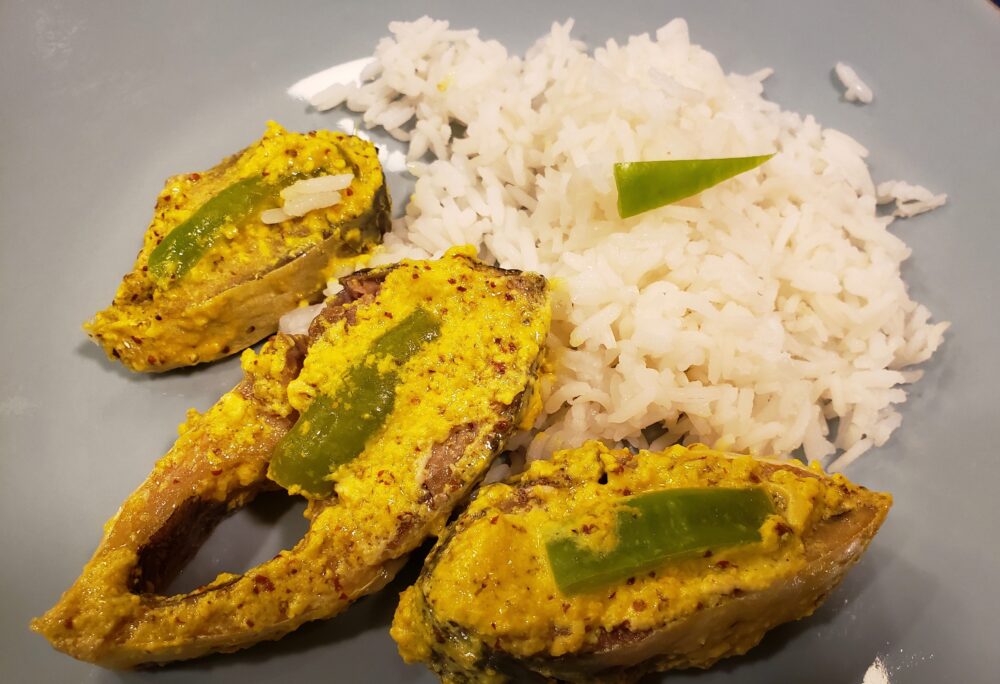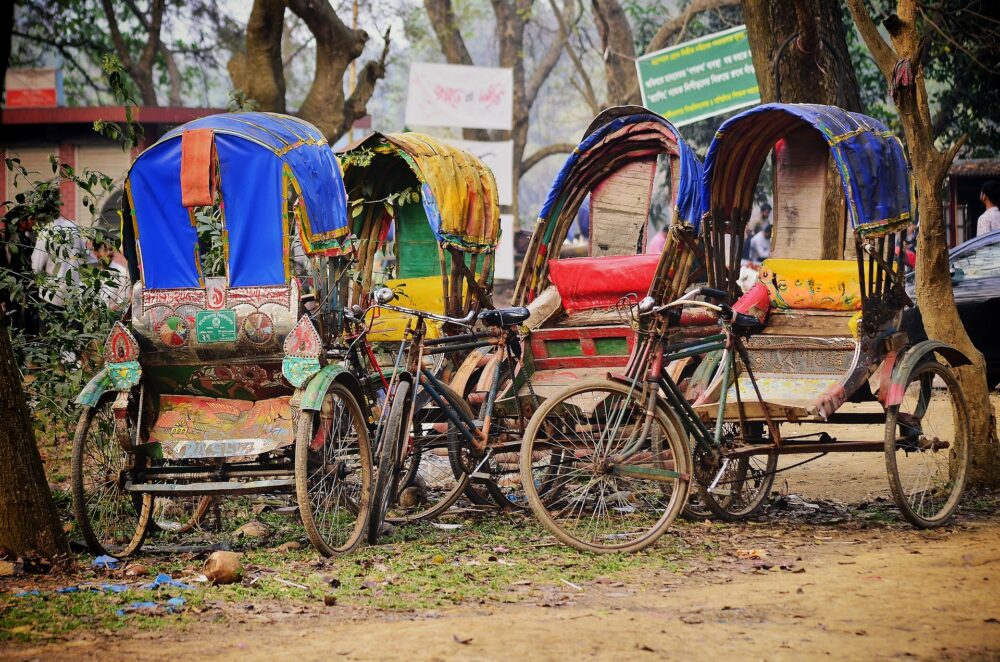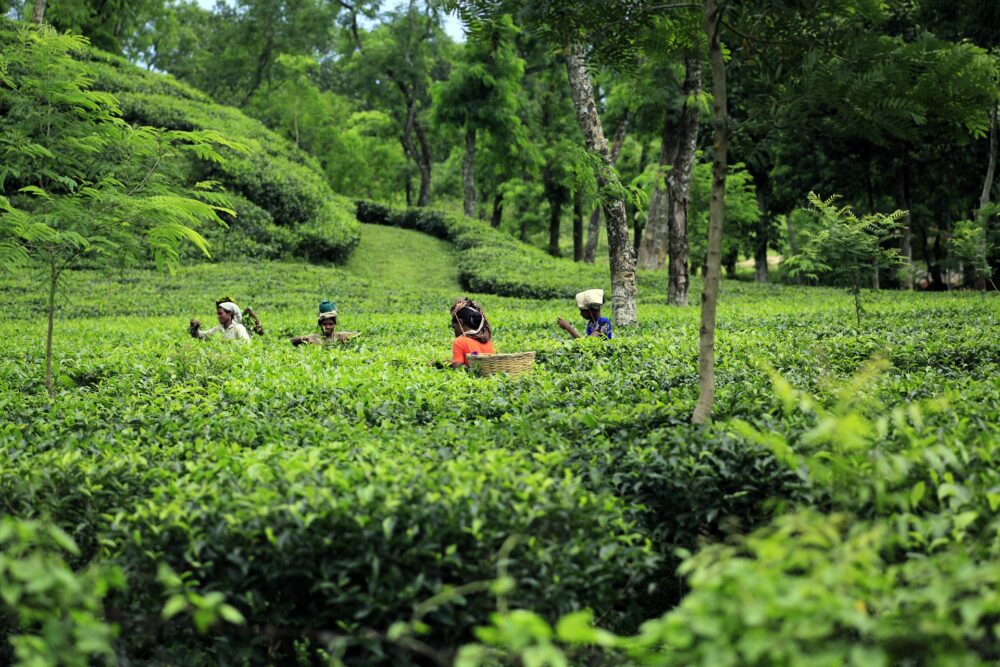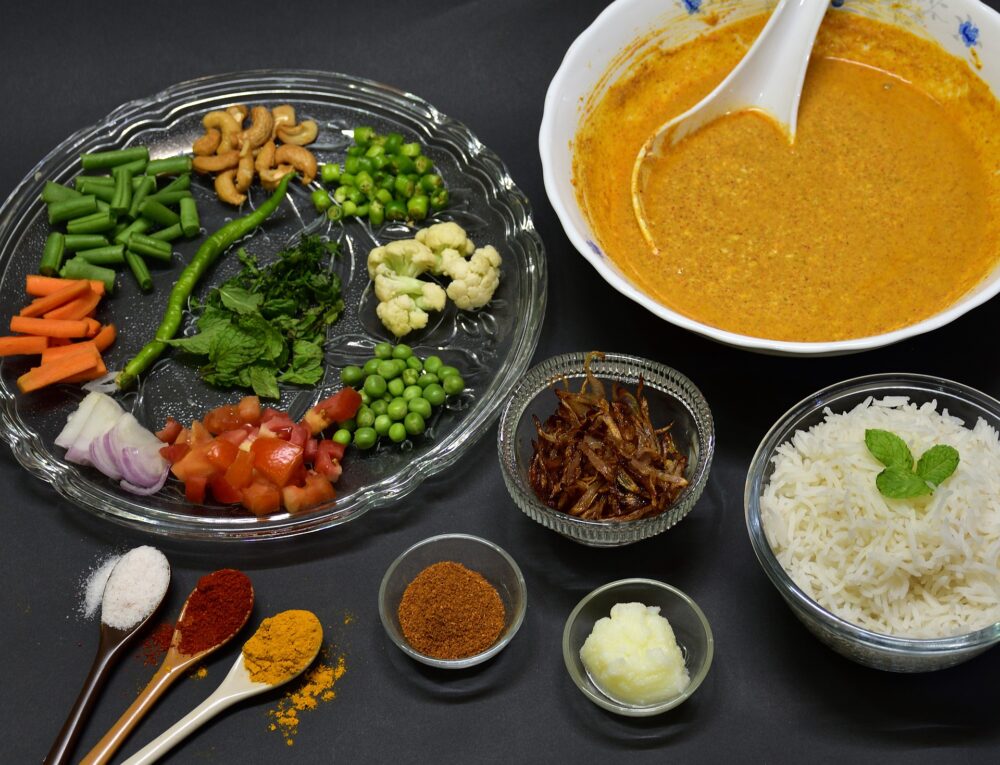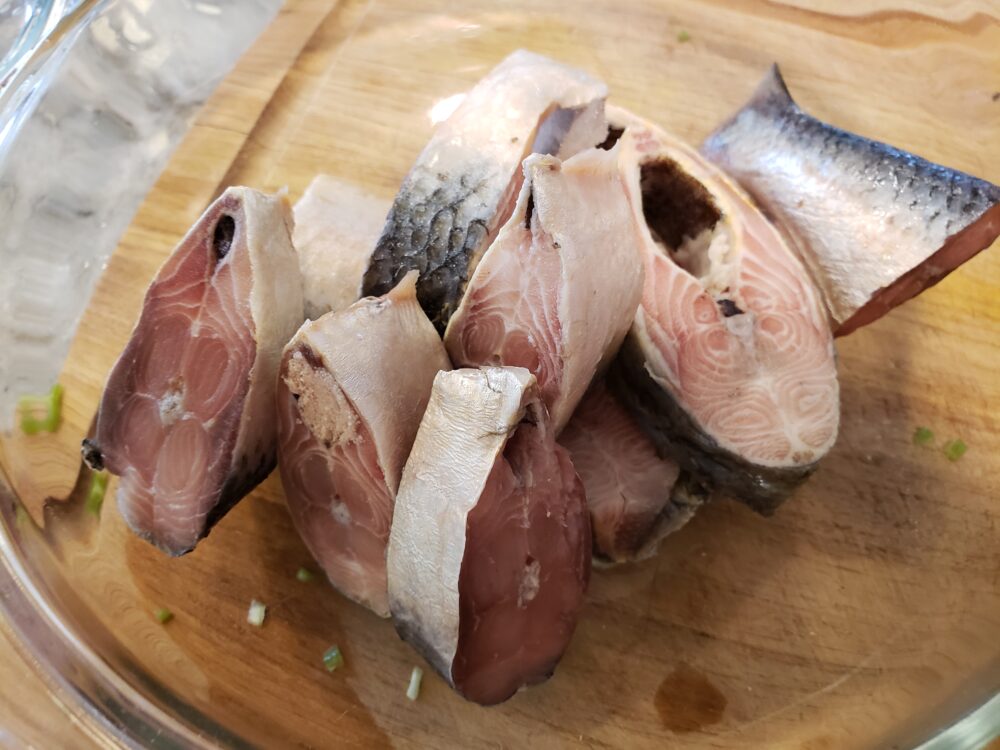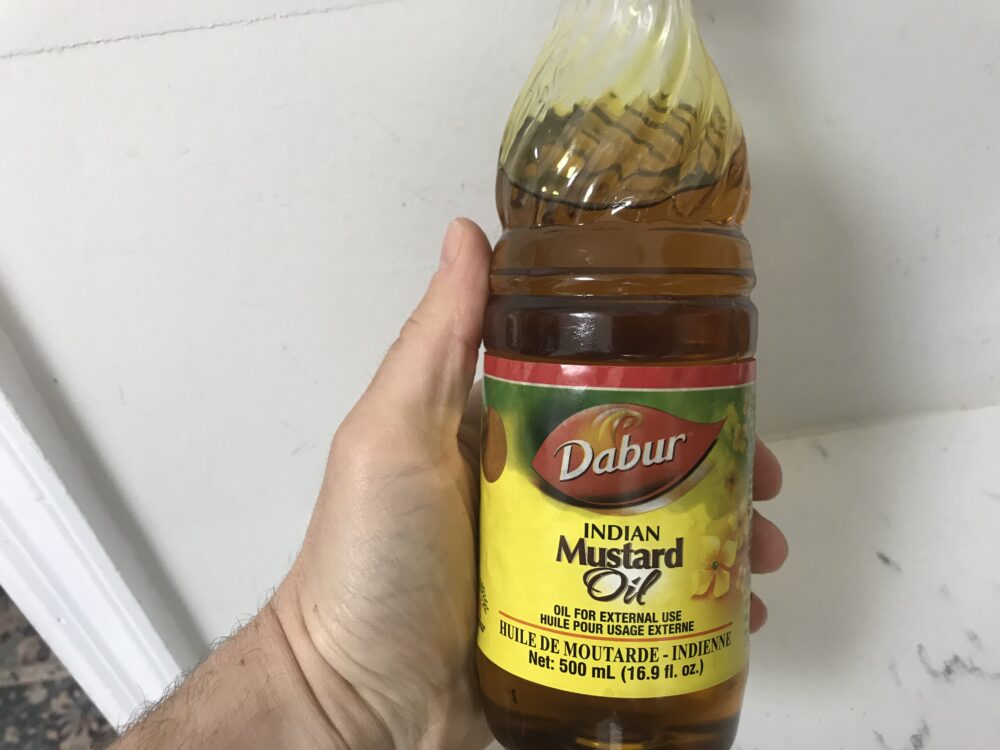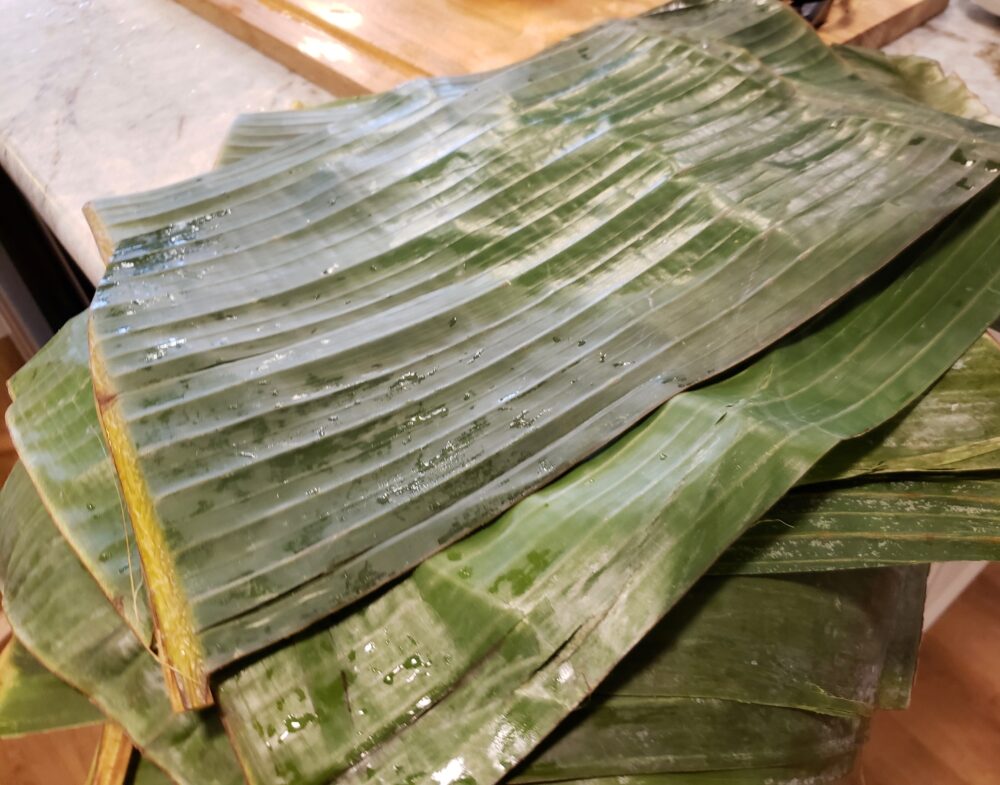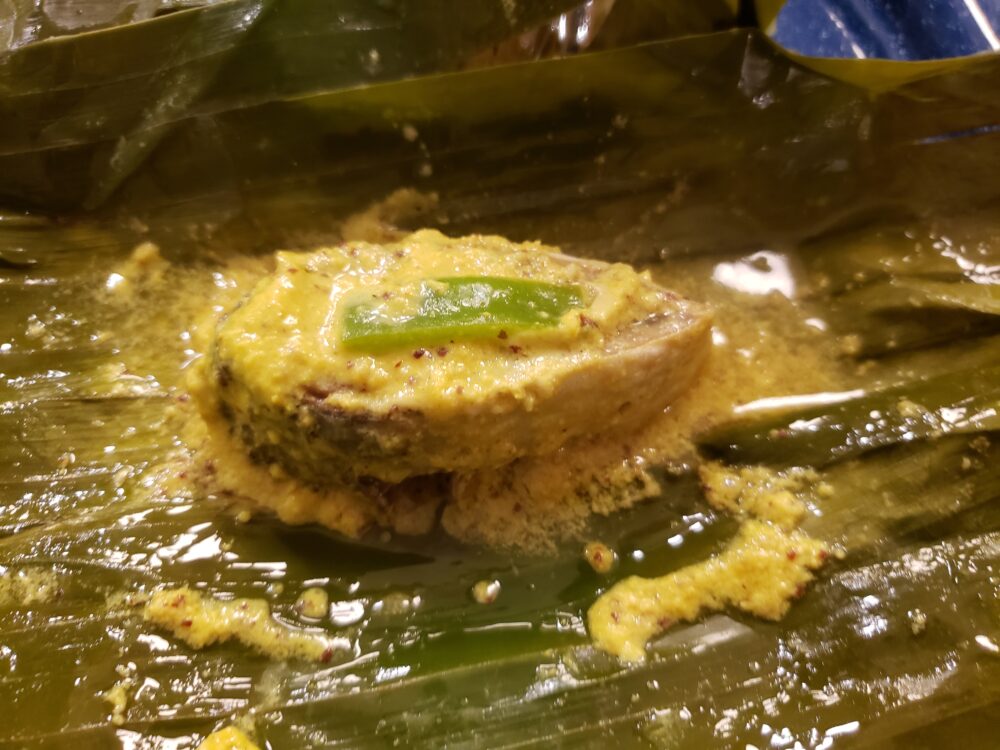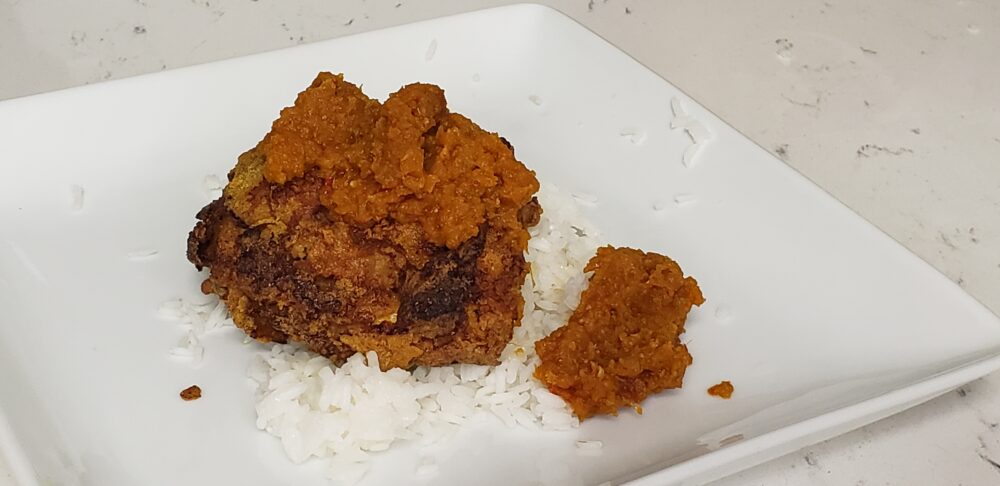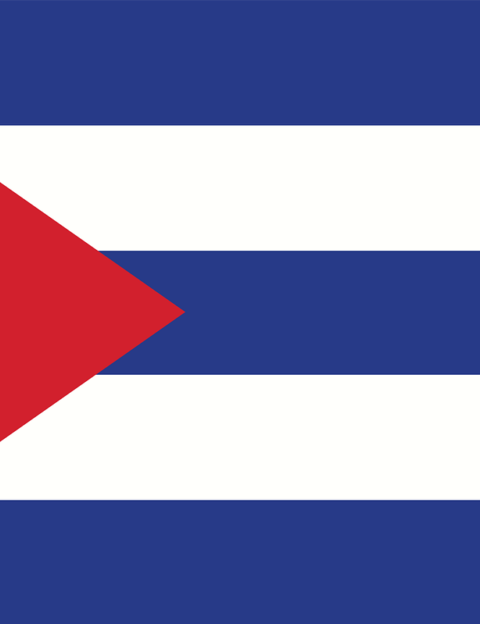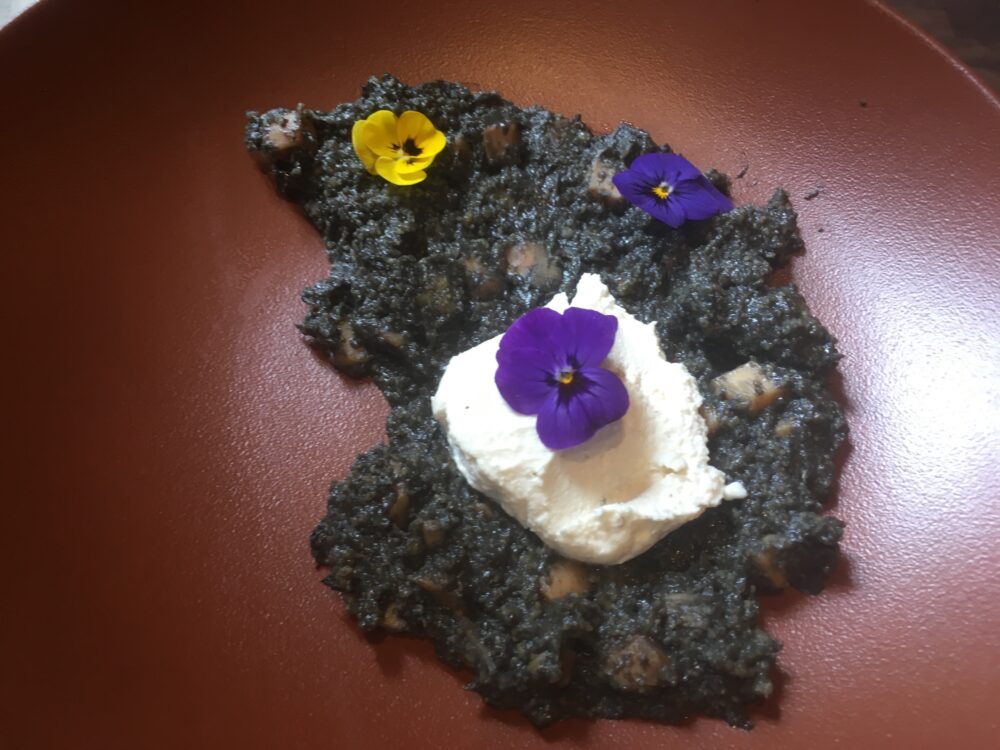There is a white American YouTuber who speaks fluent Mandarin and goes around Chinatown shocking people with his perfect language skills.
I am not quite that well-versed in Bengali, but there have been times when I’ve met a taxi driver or a food cart vendor and shocked them by asking them “How are you?” or declaring “I am very hungry!” in their native tongue.
Aside from Spanish and English (of course), believe it or not, Bengali is the language I might actually know the best. Thanks to many years of working with people from Bangladesh in restaurants around New York. ধন্যবাদ (Donhyabad!)
So I’m very excited to get even closer to the culture by making their National Dish with Sam.
THE CUISINE
Food from India is pretty widely known at this point. But did you know that many of the Indian restaurants in New York and definitely in England are actually owned by people from Bangladesh?
Of course, Indian food is very regional and much more diverse than many Americans realize. But we are not going to talk about Indian food today. We’ll save that for when we actually get to India on this journey.
And although there are many similarities and recognizable dishes for those that know Northern Indian food, we’re going to focus on the food from Bangladesh.
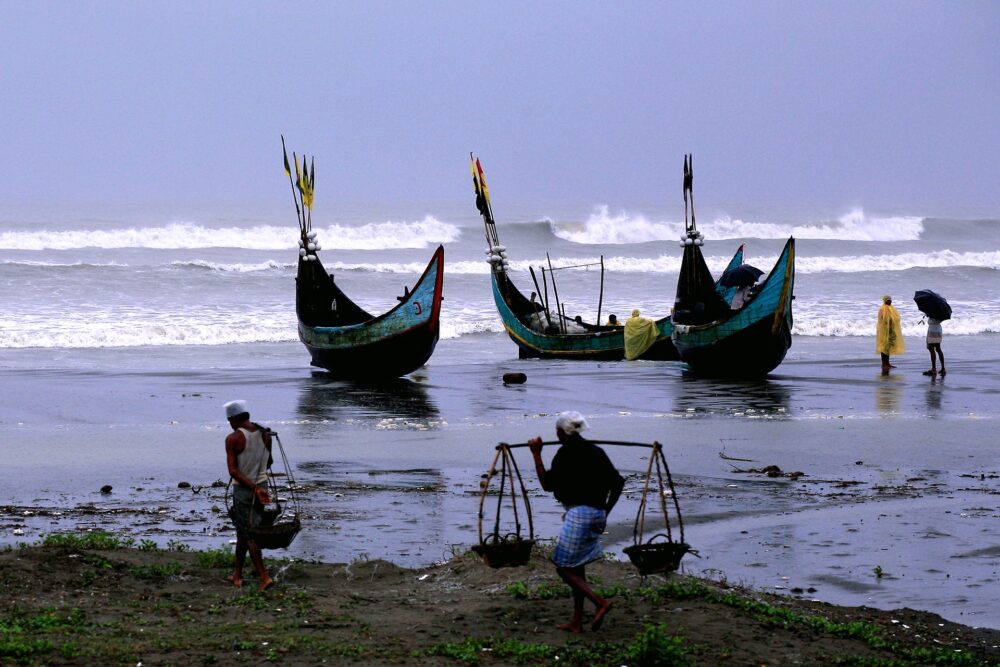
There is an abundance of fish from the many rivers that run through the country and empty out into the Bay of Bengal. So as you can imagine freshwater fish, especially carp, catfish, eel, and the famous hilsa are favorites.
But meat can also be found on many dishes. However, pork is rare since the majority of Bangladesh is Muslim.
Trade of spices and other goods found their way through the capital city of Dhaka and so spices, tea, and both a British and Middle Eastern influence find their ways into the kitchen. Bangladeshi food is noted for its high spice levels.
Curries and rice dishes are popular but so is frying food. And the popular fats are usually ghee (clarified butter) and mustard oil, which we got our hands on for the recipe below.
BANGLADESHI FOOD IN NEW YORK
There used to be a Bangladeshi restaurant right in the middle of Curry Hill on Lexington Avenue. It was a favorite spot for taxi cab drivers and I often practiced my Bengali skills. Sadly it is long gone.
The Bengali owned food businesses I am most aware of are food carts. In fact, we probably visit more Bengali food carts on the Food Cart tour I lead. You should come on the tour and meet the vendors themselves (when we start running them I n person again – which will hopefully be soon). But if you can’t make it on the tour, you should definitely hunt down Biryani Cart, Biryani House, and Kwik Meal. Just to name a few.
There are also plenty of Bengali restaurants scattered around the city – especially in places like Washington Heights, Jackson Heights and Ozone Park, Queens. They’ll bring the spice, I assure you.
THE VIDEO
We do a lot of smelling in this video from the potent mustard oil to the fishy hilsa fish itself. Sam is not always impressed by the aromas.
And while he doesn’t taste the fish due to spice concerns, he does have a blast helping me mi the marinate and talking about why people like spicy food. Spoiler alert: he does not!
THE DISH
I was so excited about this because of all the Indian and Bengali dishes I tried, this was not one of them. I might have glossed over it on a menu or never even encountered it before. After trying it, I’m kicking myself that I never found it until now.
Irish Macher Paturi is considered the National Dish of Bangladesh and I knew if I was going to make it properly, I had to hunt down the proper fish: Ilsa or hilsa. If I couldn’t find that, I knew there was no point. Cod Macher Paturi just doesn’t have the same ring to it.
You can sort of break down the dish in its three word title. Ilish refers to the hilsa fish and macher means it’s a seafood dish and then pasture translates to “leaf” and means it is cooked in a banana leaf.
The fish itself is marinated with spices, yogurt, and mustard oil and then steamed in the leaf with a green chili.
It’s a rather easy recipe once you have rounded up all the ingredients and it’s full of flavor. It’s spicy, a bit fish, and creamy. Really wonderful.
SPECIAL INGREDIENTS
Hilsa Fish
No doubt you can make a version of this dish without the hilsa fish and use another firm white fish and get food results. But if we were really going to get the full flavor of Bangladesh, we had to get their most prized fish.
Unfortunately, it is a little too prized because hilsa is terribly overfished and I followed strict instructions to only purchase hilsa fish that was larger than 500 grams (or 1.1 pounds). This is because smaller fish have not yet reached the spawning age and this can continue to hinder their population growth.
In Bangladesh or somewhere you can get the fish fresh, it’s also necessary to make sure to only buy it outside of the breeding season.
I found my hilsa at an appropriately named Bengali market in Jersey City called Hilsa Grocery and the fish was already cut up and frozen.
Hilsa is in the herring family and the flavors remind me of herring. I also realized I had never had herring outside of a pickling agent. It’s quite meaty and does tend to be a bit fishy but in a good way. The other issue to be aware of is that this fish has a lot of bones.
The multitude of bones is a big reason why I wouldn’t let Sam try any. And unlike the tradition in Bangladesh, we are trying to discourage eating with his hands.
Mustard Oil
Ok, so this is a difficult one. Mustard oil is something that is used in much of Bangladeshi and Indian cooking. It’s consumed across the country. However, in the United States, it is deemed as unsuitable for consumption. What’s this all about?
Well, there is a great article on Serious Eats about it but the summary is that there is a concern because mustard oil contains high levels of erucic acid which may contribute to heart disease. But much of the research that has been done on the harmful effects was done on animals and the effects on humans is inconclusive.
There are differences of opinion on whether this is considered safe or not and so all of the Mustard Oils (aside from one Australian brand) is labelled as “Not For External Use” in the United States.
But the smell is very pungent and strongly of mustard (one of my favorite flavors) and it’s at the crux of Bangladeshi cooking, so I thought a small amount wouldn’t hurt.
I am by no means saying this is safe to use. But I’m not saying it’s unsafe. I truly don’t know, but I figure if they use it in Bangladesh and the population is not all dropping dead, then I’m ok with it in small amounts.
Banana Leaves
We used banana leaves before during our Antigua and Barbuda video. And we will be using them again no doubt.
Like any ingredient, the more often you use it, the easier it becomes. You should be able to find these frozen at your local Asian market.
Be sure to wash them well and then heat them gently (and carefully) over an open flame to dry them a bit and make them more flexible.
THE RECIPE
Recipe adapted from bongeats.com
Ilish Macher Paturi (Mustard Marinated Fish Cooked in Banana Leaves) from Bangladesh
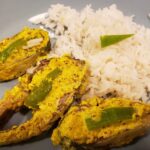
A very popular fish in Bangladesh is marinated here with a mustard yogurt sauce before being wrapped up in banana leaves and cooked in mustard oil. Relatively easy and super flavorful once you get your hands on the ingredients.
Marinade
- 1 tbspn black mustard seeds
- 1 tbspn yellow mustard seeds
- 1 tbspn white poppy seeds
- 1 green chile (chopped)
- 1 tbspn shredded coconut
- 1/2 tspn turmeric
- 1/2 tspn sugar
- 2.5 tspn salt
- 1 tbspn mustard oil
- 2 tbspn yogurt (beaten)
Fish
- 4 pieces hilsa fish (or similar firm flesh fish)
- 1 tbspn mustard oil
- banana leaves
- 1 green chile (sliced)
Make Marinate
-
Soak mustard and poppy seeds in warm water for 20-60 minutes.
-
Drain seeds and grind with green chile until it begins to form a paste.
-
Add coconut, turmeric, sugar, salt, and grind again.
-
Add mixture to a bowl and mix in 1 tbspn mustard oil and beaten yogurt.
Marinate Fish
-
Wash hilsa fish well.
-
Mix hilsa with marinate and stir well to coat. Marinate for 20-30 minutes.
Cook Fish
-
Wash banana leaves. Cut into squares and carefully and gently heat banana leaves over a flame to soften a bit.
-
Place piece of fish on each banana leaf and top with some marinade. Add green chile and then roll into a parcel. Seal and tie with a thin piece of banana leaf or string.
-
Heat 1 tbpsn of mustard oil over medium. Place fish parcels seam side down and cover for 8-10 minutes.
-
Flip and cook for another 8-10 minutes.
-
Unwrap and enjoy!
HOW I SCREWED IT UP
I think I did a great job with this one actually. The flavors were strong and bold and the fish was moist and tender.
I might have almost choked on a bone or two but that has more to do with the eating than the cooking.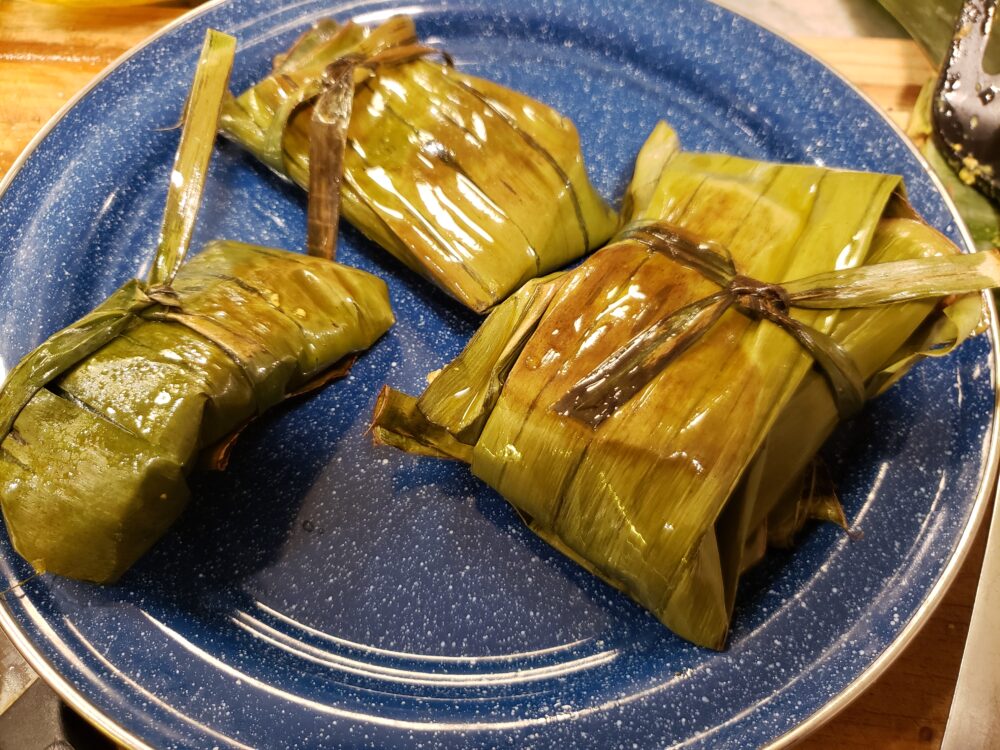
SAM’S REACTION
I didn’t really expect Sam to try this one. I was hoping he would but I was also a little nervous about it.

